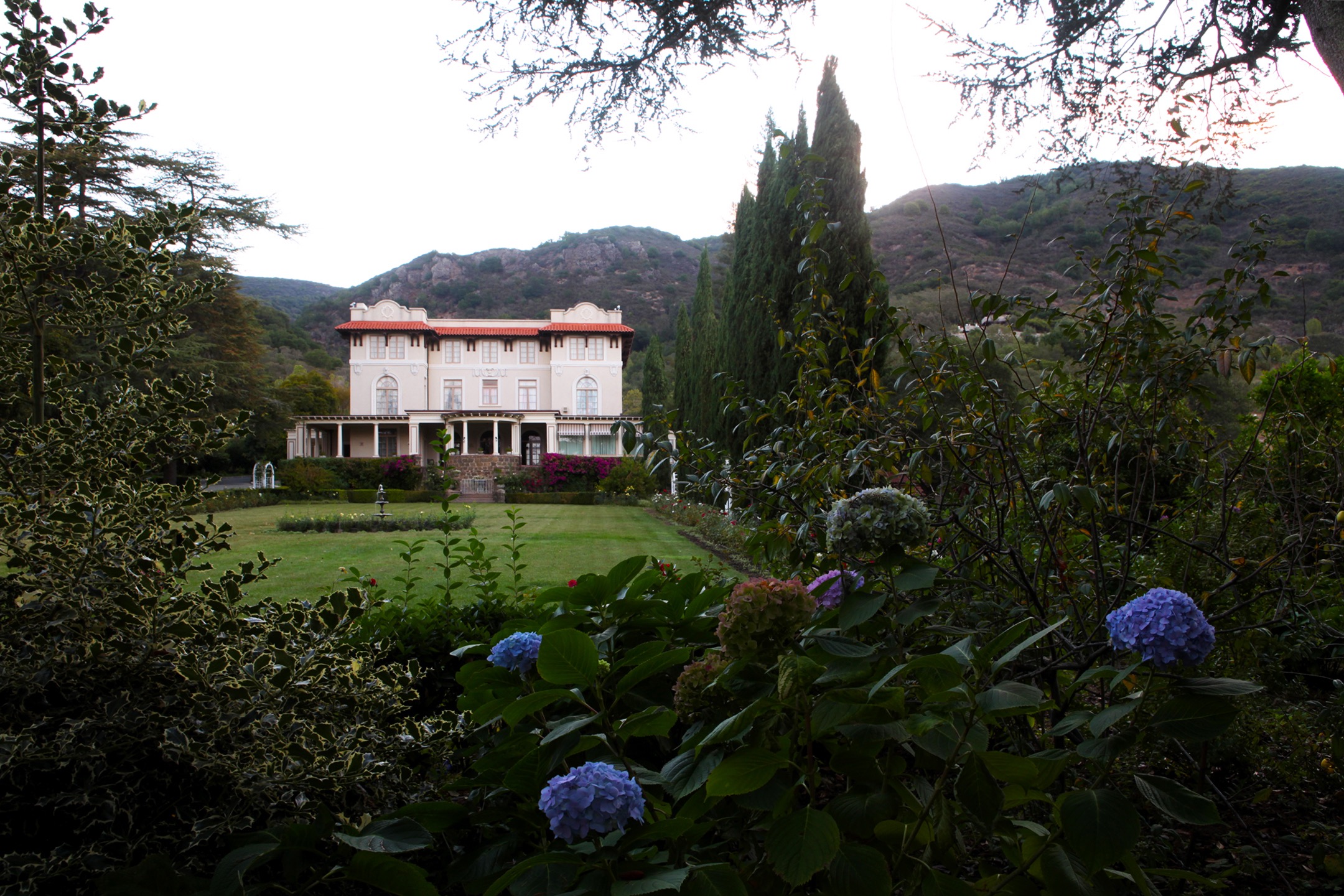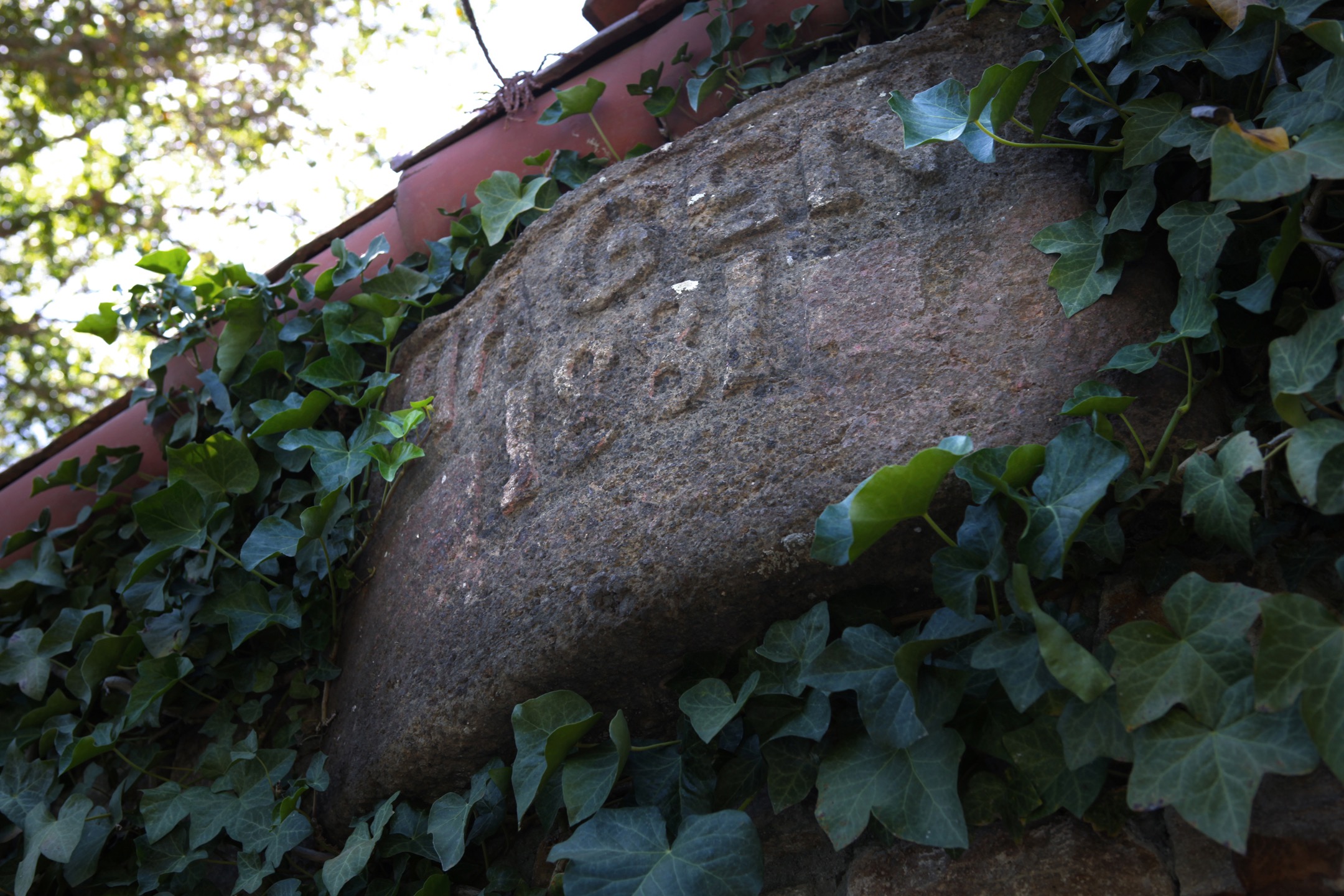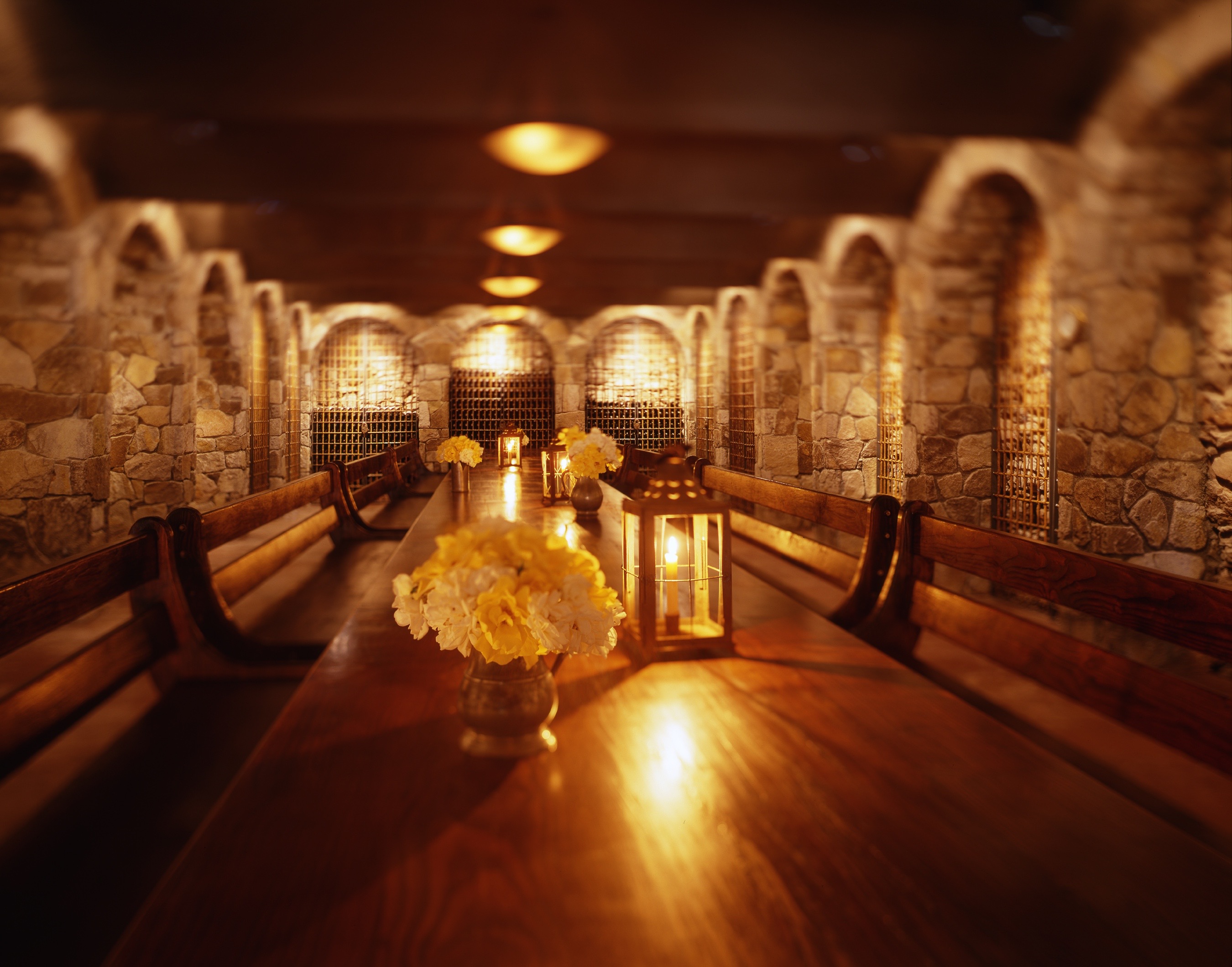19th CENTURY: The Hagen Years
In 1852, young Henry Hagen arrives on a West Coast in the throes of continental expansion and the Gold Rush. He initially settles in San Francisco but in 1881 turns his attention slightly north, purchasing a parcel of land in the southern end of nearby Napa Valley, against the forested ridges of Mount George. There he founds Cedar Knoll Vineyard and Winery, where the Palmaz Vineyards and family reside today, just off what’s now known as Hagen Road.
Hagen will become one of the true pioneers of the Napa Valley: His noteworthy wines are featured at the San Francisco Opera House and served to some of the finest people of the city, according to contemporary newspaper accounts. Hagen even wins a silver medal for his brandy at L’Exposition Universelle de Paris 1889 World’s Fair.

20th CENTURY: From Prohibition to Revival
Hagen dies in 1895, leaving behind 450 acres of “fine vineland.” While Cedar Knoll is lauded for its wines (and spirits), Hagen’s descendants don’t share his passion. With the arrival of Prohibition in 1919, the property’s winemaking endeavors are abandoned until the Palmaz family purchases the property in the late 1990s and sets about restoring its former glory.

21st CENTURY: The Fusion of Tradition and Technology
Julio and Amalia Palmaz have always believed that if given the proper attention and care, their land can produce excellent wine for generations. Along with their children, Florencia and Christian Gastón (and Christian’s wife, Jessica Louise), they set about creating a winery that leverages tradition and technology in the service of crafting great vintages. The result is a 600-acre estate with 64 acres of vineyards that produce truly modern vintages, thanks to the technology harnessed in support of the art of winemaking.


